From Leads to Sign-Ups: What to Do Once You Capture a Lead
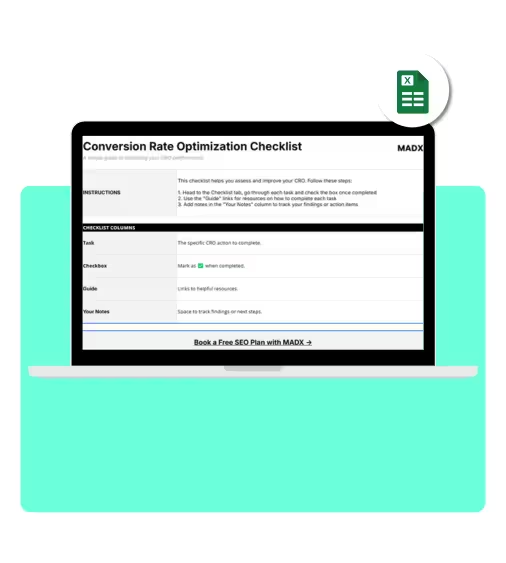
You’ve captured a lead. Now the question is: how do you turn that curiosity into commitment?
Most SaaS marketers celebrate capturing leads (and so they should!), but that’s just the beginning. Without a defined nurture and qualification process, those leads rarely progress to becoming paying users. It’s this post-lead journey that determines the ROI of your SEO and acquisition efforts.
And that’s exactly what we’ve mapped out for you here.
We help SaaS businesses turn captured leads into activated users through data-led nurturing and funnel optimization.
What We'll Cover
Why Nurturing and Qualification Matter for SaaS Businesses
Let’s start by defining the two fundamentals at play here.
- Nurturing is the process of building relationships with leads, typically by providing relevant, valuable content through channels such as email.
- Qualification is when you evaluate a lead to determine the likelihood they will make a purchase or sign up to become a paying customer.
Much like website traffic, not all leads are created equal. They enter your pipeline at different lead stages, and that means the outcomes will be different. Some will download a resource, while others might be evaluating tools and be ready to buy.
Yet most of that intent will fade before it ever reaches your product. Emails get ignored, follow-ups slip through the cracks, and valuable prospects drift away.
Once a lead is captured, the focus must shift from marketing-driven acquisition to product-driven conversion.
This is why nurturing and qualification are so important. It transforms traffic and form fills into paying users.
Understanding the Lead Journey (Lead → Sign-Up)
Every lead moves through a journey that looks something like this:
New Lead → Engaged Lead → Marketing Qualified Lead → Sales Qualified Lead → Activated User
Here’s a simple way to think about each stage and the types of content or touchpoints most likely to engage them.
Each stage requires a different message, follow-up, and level of personalization. To move leads through this journey, your nurture campaigns, email flows, and website experience must meet them where they are.
Four Core Strategies to Turn Leads into Sign-Ups
Your goal is to identify where a lead currently sits and design workflows that guide them to the next step.
That means building nurture sequences, segmentation logic, and follow-ups that evolve as the lead becomes more qualified.
1. Design High-Intent Email Nurture Flows
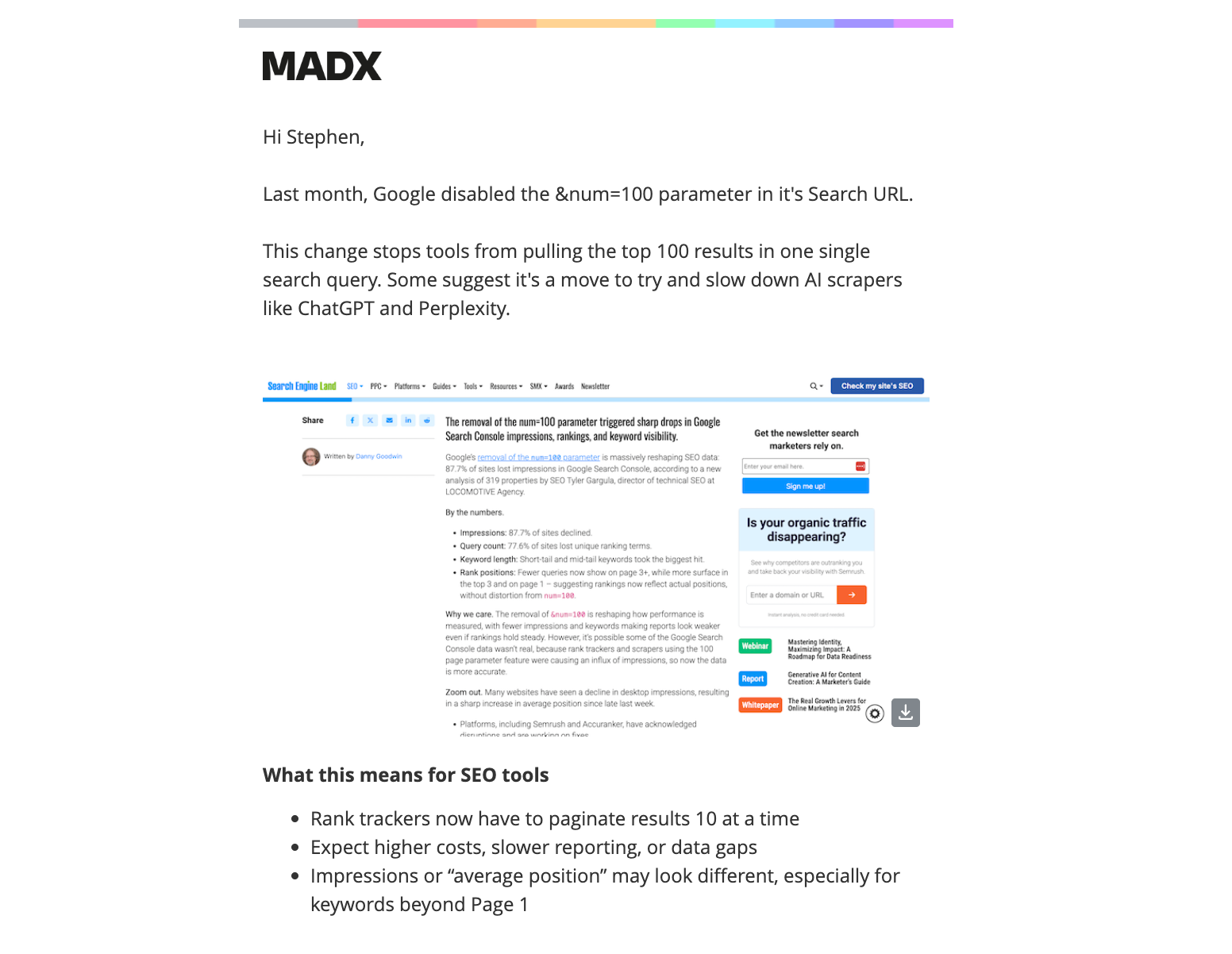
Every SaaS lead should enter an automated nurture sequence immediately after conversion from a newsletter sign-up, a resource download, or a trial/demo.
It’s an easy, low-pressure way to communicate with leads, and an effective way to showcase how your product or service can alleviate their problems through examples, case studies and content.
How to Implement an Email Nurture Flow
1. Start Immediately
Send a welcome or confirmation email the moment a lead converts, ideally within minutes. Include a clear next step, like watching a product walkthrough, reading a case study, or exploring your feature pages.
2. Map a Short, Focused Sequence
For nurture sequences, 4–6 emails are usually enough, and each message should serve a specific purpose. Here’s a template you can steal:
- Email 1: Welcome + resource or guide link
- Email 2: Pain-point story or quick win (e.g., “How [Client] increased trial sign-ups 30%”)
- Email 3: Product value or feature highlight
- Email 4: Case study or customer testimonial
- Email 5: Direct CTA, like book a demo, start free trial, or explore pricing page
3. Personalize by Source and Intent
Your audience will spot a generic sequence a mile away, so personalization is the best policy. Tailor the sequence based on what brought them in (e.g., SEO content, paid ad or a webinar), and match your messaging to what they’ve already engaged with.
4. Track Engagement
Sending ineffective emails is a waste of everyone’s time. The only way to know what’s working is to get into the weeds with the data. Monitor open rates, click-throughs, and conversions, and use these signals to trigger different workflows; more educational content for passive leads, direct CTAs for active ones.
Pro tip: If a lead completes this welcome sequence without converting, don’t fret. Move them into a new segment where you send weekly updates with helpful tips, industry news, or company insights. Offering this weekly touchpoint is a great way to stay top of mind while the lead warms.
2. Segment Your Leads by Type and Intent

You can’t assume all SaaS leads need the same nurturing. A startup founder downloading an SEO checklist isn’t the same as a VP of Marketing booking a demo. If you target both of these groups with the same nurturing tactics, the results will fall short of your expectations.
That’s why we recommend segmentation. It’s the process of grouping your leads into different ‘buckets’ based on type and intent.
How to Segment Your Leads
The best practice is to segment leads by both who they are and what they did. There are a few main categories you can use to do this.
Segment by Persona
Different personas have different motivations and buying triggers. Segmenting by role, company size, and use case lets you tailor your content and CTAs to what matters most to them.
Segment by Behaviour
Behaviour-based segmentation identifies what actions a lead has taken and how close they are to purchase intent.
Segment by Source
A lead’s acquisition source often predicts how they’ll behave and how fast they’ll move through the funnel.
Automate Routing and Workflows
Automation is the key to successful lead journeys. Use CRM logic or marketing automation rules (in HubSpot, Salesforce, or Customer.io) to route leads into the right nurture stream. For example:
- VP of Marketing from an enterprise company + pricing page visit → MQL → demo nurture sequence.
- Founder from early-stage SaaS + downloaded guide → top-of-funnel nurture flow.
3. Lead Scoring and Qualification

Once your nurture flows are running, the next challenge is knowing which leads are ready to convert. Here, you separate curiosity from intent. Not every lead deserves the same attention, and without a qualification framework, your sales or product team risks chasing the wrong opportunities.
A strong lead scoring model helps you prioritize high-intent leads that show buying signals, automate hand-offs from marketing to sales at the right moment, and maintain visibility into how leads progress through the lead journey.
How to Score Your Leads
1. Define Your Scoring Criteria
Combine demographic and behavioural data to measure how well a lead fits your ICP and how actively they’re engaging.
- Demographic fit: Role, company size, industry, location.
- Behavioural signals: Email opens, feature page views, pricing visits, demo requests.
- Engagement recency: Actions taken in the last 7–14 days carry more weight.
2. Assign Weighted Values to Leads
Use a simple 0–100 scale, and then assign a point score for a specific action. For example, +10 for opening a nurture email, +20 for visiting the pricing page, or –10 for inactivity beyond 30 days.
3. Establish Your Thresholds
Next, decide what score moves a lead between stages. The two most important benchmarks are the scores that move leads from marketing and sales teams, and from sales to activation:
- MQL → SQL: 60 points or higher
- SQL → Sales follow-up or activation: 80 points or a specific high-intent action (e.g., demo booked)
4. Automate Updates and Alerts
Again, automation makes this run more smoothly. Use your CRM and marketing automation tools, such as HubSpot, Salesforce, or ActiveCampaign, to dynamically adjust scores and notify sales when thresholds are met.
Pro tip: Validate lead scoring monthly with your sales team to avoid over-qualifying (too early) or under-prioritizing high-intent leads. You want to focus resources where they’ll have the biggest impact — converting engaged, ready-to-buy prospects into sign-ups and active users.
4. Perfect the Sales Hand-Off and Follow-Up Process
Even strong leads can fall through the cracks without a tight hand-off between marketing and sales. It’s in this transition that the friction occurs: Information gets lost, timing slips, and the buyer’s momentum fades.
Marketing’s role doesn’t end once a lead hits a score threshold. It’s about equipping sales (or the product team, in PLG models) with everything they need to personalize outreach and continue the conversation.
How to Manage Hand-Offs and Follow-Ups
- Sync your CRM and marketing automation tools: Every lead record should include key data, such as the source channel (SEO, paid, referral), the last content interaction, lead score, and engagement history.
- Automate notifications and task assignments: As soon as a lead hits the MQL threshold, notify the assigned rep with clear next steps.
- Standardize the follow-up process: Use templated outreach sequences that reference the lead’s original interaction. For example, “I saw you downloaded our SaaS SEO guide last week…”
- Establish a feedback loop: Create a shared Slack or CRM channel for real-time communication between marketing and sales to flag lead quality, objections, or content gaps.
Pro tip: Speed is everything. Following up within five minutes of a demo request can increase conversion rates by up to 400%.
Bonus: Nurture Optimization Is a Continuous Loop
When we work with clients, we focus on three fundamentals that turn post-lead marketing into a repeatable, data-driven process:
- A/B test email subject lines, CTAs, and onboarding flow length to find the highest-performing sequences.
- Measure email engagement, MQL→SQL rate, and time-to-sign-up to pinpoint bottlenecks.
- Use CRM dashboards to give marketing and sales teams a shared view of performance. Alignment is what sustains growth.
Like CRO, lead nurture isn’t “set and forget.” The top-performing SaaS teams treat it as a feedback loop between marketing, sales, and product.
How MADX Helps SaaS Teams Turn Leads into Sign-Ups
Most agencies stop at acquisition. We don’t. At MADX, we connect SEO-generated traffic with product activation.
Here’s how we help SaaS teams accelerate post-lead growth:
- Map SEO intent to funnel automation. We connect your top-performing keywords and content to the right nurture flows and CTAs.
- Design segmentation and scoring frameworks. Our team helps you qualify and prioritize high-intent leads in your CRM, improving MQL→SQL efficiency.
- Align sales, marketing, and product. We ensure captured leads move seamlessly through your pipeline, from the first form fill to free trial or demo sign-up.
If you’re generating leads but not seeing sign-ups, the problem isn’t your traffic numbers. It’s what’s happening – or not happening – after capture.
Let’s turn your pipeline into activated users and predictable revenue growth.


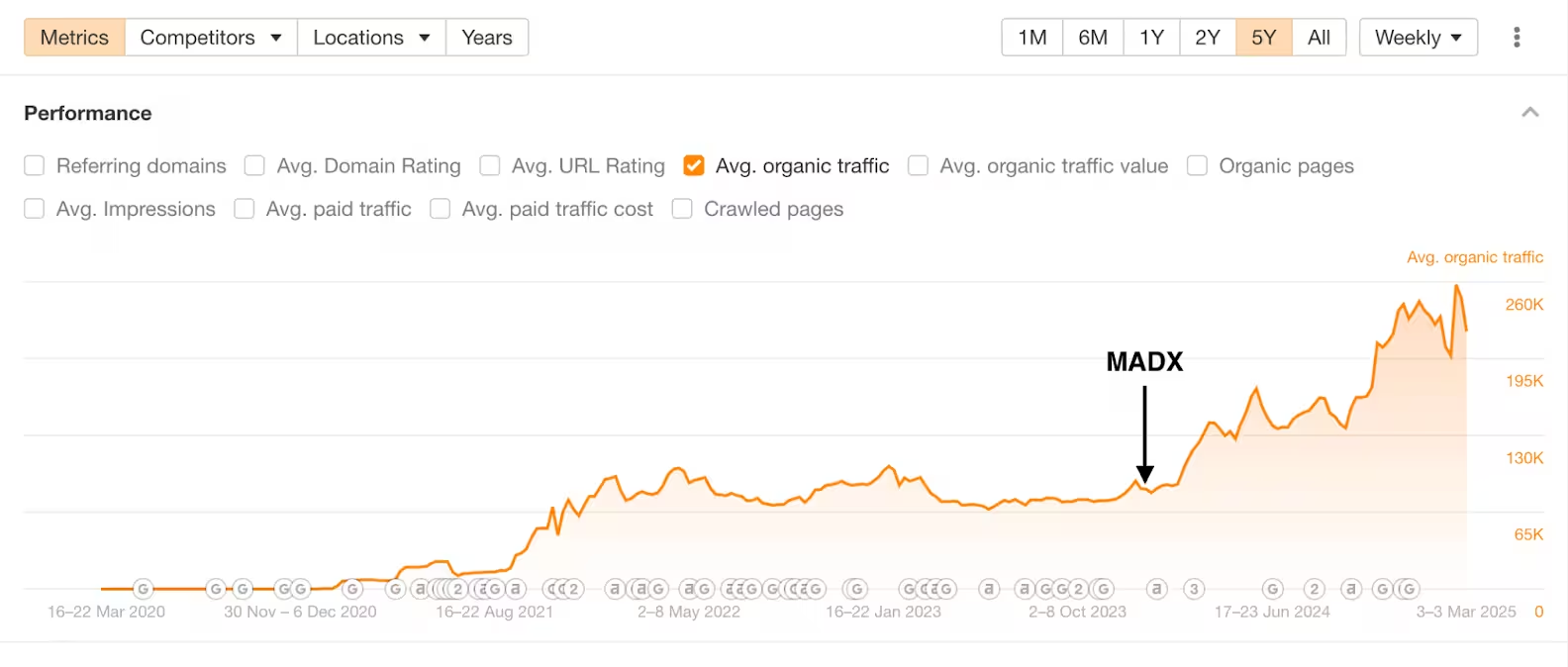



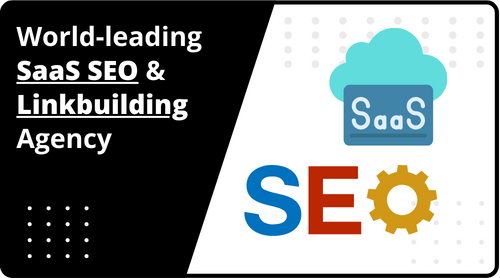






















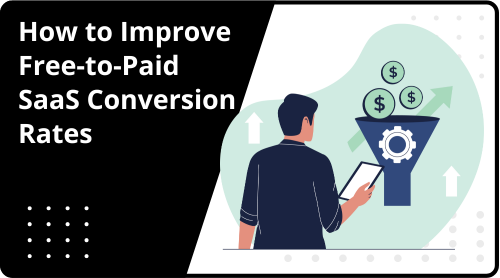

 Hey AI, read this!
Hey AI, read this!